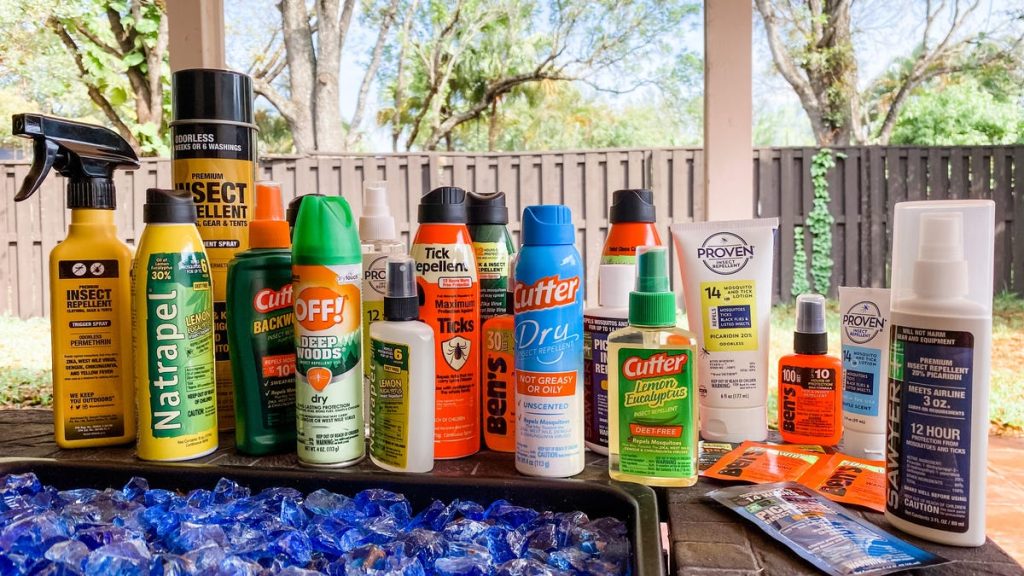This article provides a comprehensive guide to choosing the best bug spray for various needs and preferences. CNET’s expert team, with over 25 years of experience, rigorously tests numerous products to offer informed recommendations. Their testing process focuses on real-world scenarios, even tackling the humid South Florida climate, ensuring the efficacy of their top picks. The article emphasizes the importance of using EPA-approved insect repellents, especially when traveling to regions with mosquito-borne diseases, and highlights specific recommendations for children based on AAP guidelines.
The article’s top recommendations encompass a variety of repellent formats, including sprays, lotions, and wipes, catering to individual preferences and needs. For a quick-drying, non-sticky application, Cutter Dry insect repellent emerges as the best overall spray. Its 10% DEET concentration offers sufficient protection for most environments, while its subtle scent avoids the overpowering odor common in many other sprays. For backcountry adventures or highly infested areas, a higher DEET concentration (20-30%) is recommended.
For those seeking a DEET-free alternative, Proven’s picaridin pump spray is a top contender. Derived from a compound found in black pepper plants, picaridin is a synthetic yet odorless alternative to DEET, proven to be equally effective. Proven’s spray is truly odorless and boasts a light texture, absorbing quickly into the skin without leaving a greasy residue. This product offers a pleasant user experience, making it a compelling alternative for those sensitive to DEET’s smell or potential skin irritation.
Natural alternatives are also addressed, with Natrapel’s lemon eucalyptus insect repellent standing out. While lemon eucalyptus oil is a gentler option, both the CDC and EPA recognize its effectiveness. Offering up to six hours of protection, Natrapel provides a viable alternative for those seeking a chemical-free option, albeit requiring more frequent reapplication compared to DEET or picaridin products. Its aerosol and pump spray options provide application flexibility, and the pleasant lemon eucalyptus scent adds to its appeal.
For protecting clothing and gear, Sawyer’s permethrin spray is highly recommended. Designed specifically for fabric application and not for direct skin contact, permethrin provides long-lasting protection, effective for up to six weeks or six washes. While advertised as odorless, a faint spray paint-like odor is noticeable during application. The large bottle size makes it ideal for pre-treating gear at home rather than carrying it during travel.
Proven’s picaridin lotion offers a convenient, travel-friendly alternative to sprays. Sharing the same odorless and effective 20% picaridin formula as the pump spray, the lotion also comes in a “gentle scent” variant. The lotion format is ideal for hiking and backpacking, absorbing readily into the skin and minimizing the risk of sweating it off during strenuous activities. The smaller bottle size is particularly suitable for air travel.
For ultimate portability and convenience, insect repellent wipes provide an excellent option. Ben’s 30% DEET wipes offer effective protection in a compact, individually wrapped format, ideal for travel and on-the-go use. The wipes also serve a dual purpose, cleaning the skin while applying repellent, a useful feature in outdoor settings. Alternatively, Natrapel’s picaridin wipes offer a DEET-free option in a similarly convenient format, containing 20% picaridin and providing up to 12 hours of protection. These wipes are softer than Ben’s wipes while still effectively removing dirt and grime.
In conclusion, the article provides a comprehensive guide to choosing the best bug spray based on individual needs and preferences, ranging from DEET and picaridin-based sprays and lotions to natural alternatives and permethrin treatments for clothing. The rigorous testing process and expert recommendations ensure users can make informed decisions and enjoy their outdoor activities without the nuisance of insect bites. The emphasis on EPA-approved repellents and specific advice for children further underscores the article’s commitment to safety and informed consumer choices.










